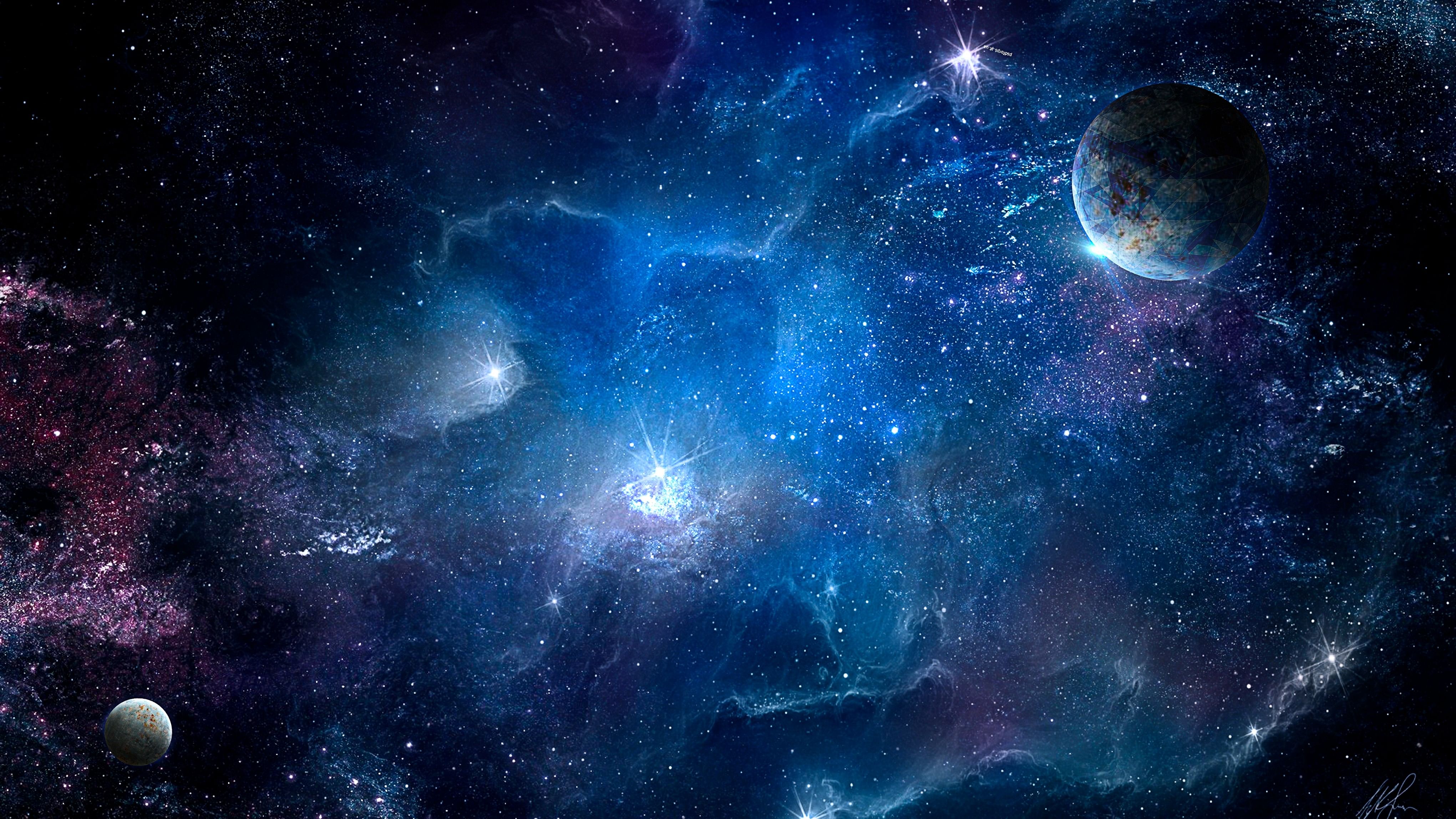
The celestial map reveals the distribution and movements of galaxies since the universe’s youth in unprecedented detail. (representative image)
Credit: iStock Photo
New Delhi: An international team, including Indian physicists, has created the largest and most complete 3D map of the universe - a chart that shows how the cosmos evolved over the past 11 billion years, more than two times the age of the Earth itself.
The celestial map reveals the distribution and movements of galaxies since the universe’s youth in unprecedented detail, much like tracking geographical changes over time using maps created by the explorers in the 18th and 19th centuries to make sense of the world.
With an array of 5,000 robotic "eyes" stitched to a mountaintop telescope in Arizona, the scientists measured light from over 6 million galaxies as far back as 11 billion years ago, peering deeper than ever before into the cosmos’s formative years.
“We recorded galactic light fingerprints across billions of light-years to map the universe's expansion history,” Shadab Alam from Tata Institute of Fundamental Research, Mumbai and one of principal investigators at the Dark Energy Spectroscopic Instrument (DESI) collaboration told DH.
The largest 3D map until now created by a preceding mapping project called the Sloan Digital Sky Survey had acquired only 3 million galaxies after over a decade of observations.
The new larger map depicts a “cosmic web” of galaxies clustering along filamentary structures tracing the densest regions where matter gravitationally collected over billions of years into an intricate web-like pattern.
It also gives scientists clear ideas on the extent of dark energy’s presence in the universe. “But it doesn’t tell us the nature of the dark matter,” he said.
Though the universe is 13.7 billion years old, the team was able to peep into a time three billion years after the universe was created from the Big Bang.
“We’re seeing basic agreement with our best model of the universe, but we’re also seeing some potentially interesting differences that could indicate that dark energy is evolving with time. Those may or may not go away with more data. So we’re excited to start analyzing our three-year dataset soon," Michael Levi, DESI director and a scientist at the Lawrence Berkeley National Laboratory, which manages the project, said in a statement.
For centuries, astronomers puzzled over why the universe appears to be expanding. This remains a mystery even after the discovery of the Big Bang. Accurately measuring the expansion and understanding of the underlying mechanism is the key to solve the mystery.
But, detecting faint cosmic signals from the universe's infancy that hold clues to its expansion history is an immense challenge as it requires advanced theoretical models and supercomputer simulations to separate these extremely faint, ancient signals from noise and extract their profound significance.
This is where the critical contribution of Indian scientists from TIFR proved invaluable. Alam’s team developed cutting-edge galaxy models and simulated their evolution over billions of years, using powerful supercomputers. The simulations acted as a benchmark, validating DESI's cosmic cartography efforts.
"Our complex modelling ensured DESI could accurately chart the universe's expansion from its infancy to present day," said the TIFR physicist. "Achieving a mapping precision for such faint, ancient signals was extremely challenging but crucial for the groundbreaking discoveries."
The results were published in multiple research papers that were released online on Thursday.
Over its one-year survey, the DESI collaboration involving 900 scientists from 70 institutes, precisely measured the universe's expansion rate at 68.5 km/sec per megaparsec (a measurement of astronomical distance equal to one million parsecs or 3.26 million light years).
The precise value, however, is not exactly the same if the expansion is measured using other methods. “Three different ways to measure the expansion has given rise to three different values, which should not have happened. This indicates that we may be missing something,” Alam said.
Interesting clues have emerged about the nature of accelerated expansion, slightly increasing in strength around 5 billion years ago (coincidently just before earth was formed), hinting at new physics.
Over the next five years, the collaboration plans to map over 40 million galaxies and quasars, opening the gates for cosmological discoveries at an unprecedented scale and precision and opening up avenues to explore a multitude of cosmic mysteries.
“From reconstructing the universe's earliest epochs to unraveling the growth of supermassive black holes and testing the limits of gravitational theory, the detailed cosmic map promises to reshape our understanding of the universe's origins, evolution, and fundamental laws,” he added.
